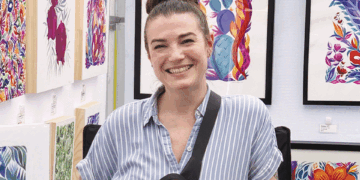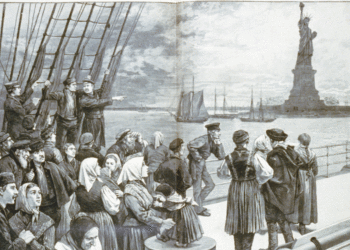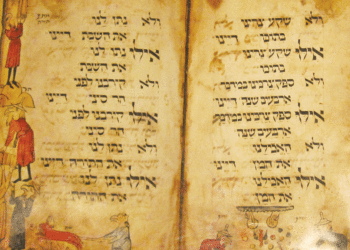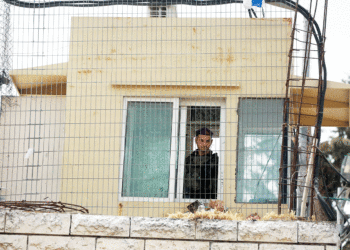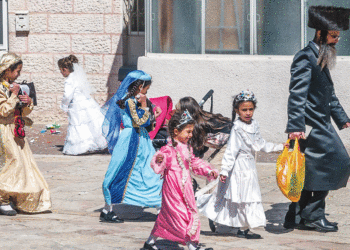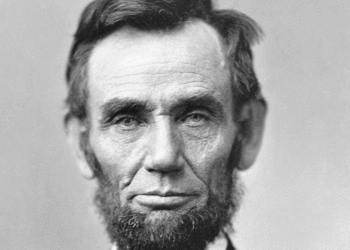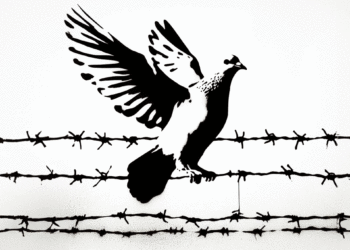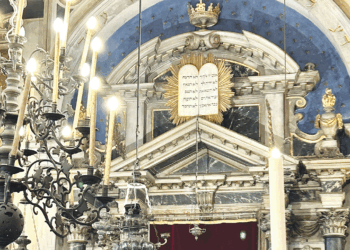A local rabbi and sports fanatic wants to know where Sandy Koufax was when he wasn’t pitching in the World Series
By RABBI JEREMY FINE
Midrash is text behind the biblical text. It helps bring biblical stories to life. But in many cases, rabbis teach these stories as if they are a part of Jewish history. While Judaism is made up of laws, rituals and customs, its heart has always been in midrash.
In 1965 a story was formulated that, for many Jews, is on par with biblical magic. The story goes that on Yom Kippur, the holiest day of the Jewish calendar, the greatest baseball pitcher of all time, Sandy Koufax, put religion before baseball and sat out the first game of the World Series.

Most Jews have heard this story. Religious school teachers always tell this story in their classrooms this time of year. But this article is not about whether Koufax pitched or did not pitch; the question is, if Koufax was not on the mound on Oct. 6, 1965, where was he?
Who am I to tell this story? A little over two years ago I became a rabbi at Temple of Aaron in St. Paul, a Conservative synagogue that has served the Twin Cities for more than 100 years. Included in its many claims to fame is having appeared in scenes from the 2009 film A Serious Man, and being the former congregation of Beatty Zimmerman (a.k.a. Bob Dylan’s mother). What it might be most famous for is that Koufax attended its Yom Kippur service instead of pitching. Or did he?
It was one of the first things I heard when I came to St. Paul, which to a Jewish sports blogger (TheGreatRabbino.com) was very enticing, but along the way I learned a thing or two about Koufax’s absence from the field and his presence in synagogue.
Jane Leavy, the author of Sandy Koufax’s biography, Sandy Koufax: A Lefty’s Legacy, wrote about Koufax’s whereabouts that day: “Koufax did not attend services there that day or anywhere else. A friend may well have made arrangements for Koufax to attend as [Rabbi Bernard] Raskas was led to believe. But friends say he chose to stay alone in his hotel room.”
While Leavy claims he was not in synagogue, many within the St. Paul community believe Koufax left his Saint Paul Hotel room to attend services. Temple of Aaron would have been the logical and closest choice.
There is still some confusion among Temple of Aaron members. The uncertainty stems from the old tradition of having two High Holiday services, one at 9 a.m. and a second in the afternoon. It is possible that some saw Koufax and some did not because no one stayed for both services. Congregant Bonnie Goldstein told Leavy, “Everyone agrees he was at the early service.”
Therefore, if he was at the early service, those at the second service would never have seen him, and much of the buzz would have been hearsay.
Leavy continues, “The rabbi, Bernard Raskas, waited until afternoon services to address the issue, affirming to the congregation that Koufax had been there, seated in the back, near an exit. In Raskas’ recollection, they nodded to each other… He did not want to infringe on the pitcher’s privacy.”
It is possible that everyone is right; he was both in attendance and not in attendance referring to two different services.
Unfortunately, both Rabbi Raskas and the former ritual director of Temple of Aaron, Harry Gottesman, have passed away. When Gottesman’s family walked into my office for Harry’s pre-funeral meeting, his son stared at my Jewish sports memorabilia and said, “Rabbi, my father took Sandy Koufax to his seat on Yom Kippur.” I want to believe this story. I want to in my heart. So I did some more searching. It seems that like many stories passed down to generations, this story, too, has a subtext, a midrash within a midrash.
Everyone mentioned that Koufax had a driver to and from the Saint Paul Hotel. When I reached out to the driver, he told me, “As much as I would have liked to have chauffeured Sandy Koufax, I didn’t do it.”
While everyone claims this man drove him, and that the ritual director escorted him to his seat, and that the rabbi made eye contact with him, no one else claims to have interacted with him. Although, in all fairness to the synagogue, Koufax has always been a very private person and would not have made a big deal about a simple appearance in the pews.
Still, to this day, Sandy Koufax has never made a statement about his whereabouts on Yom Kippur in 1965. Until Koufax does, I am not sure this synagogue will ever have a firm answer.
In the meantime, I believe this story can be labeled “Modern Midrash.” It’s a story within the story. It is a story that has been told to generations of children who have gone through the Temple of Aaron Religious School and in Hebrew schools throughout the country, a story passed down from generation to generation, so much so that it has become fact within Temple of Aaron’s history.
Koufax’s silence about his whereabouts has enabled a living midrash. There is something extremely exciting about living inside one of the great Jewish stories of the last 100 years, a story my community has held dear.
Although if Koufax ever wants to call me and talk, I would be more than happy to listen.
***
Rabbi Jeremy Fine is associate rabbi at Temple of Aaron Synagogue in St. Paul. More of his Jewish sports stories can be found at: thegreatrabbino.com.
This article is reprinted with permission from CJ: Voices of Conservative/Masorti Judaism.
(American Jewish World, 9.26.14)


